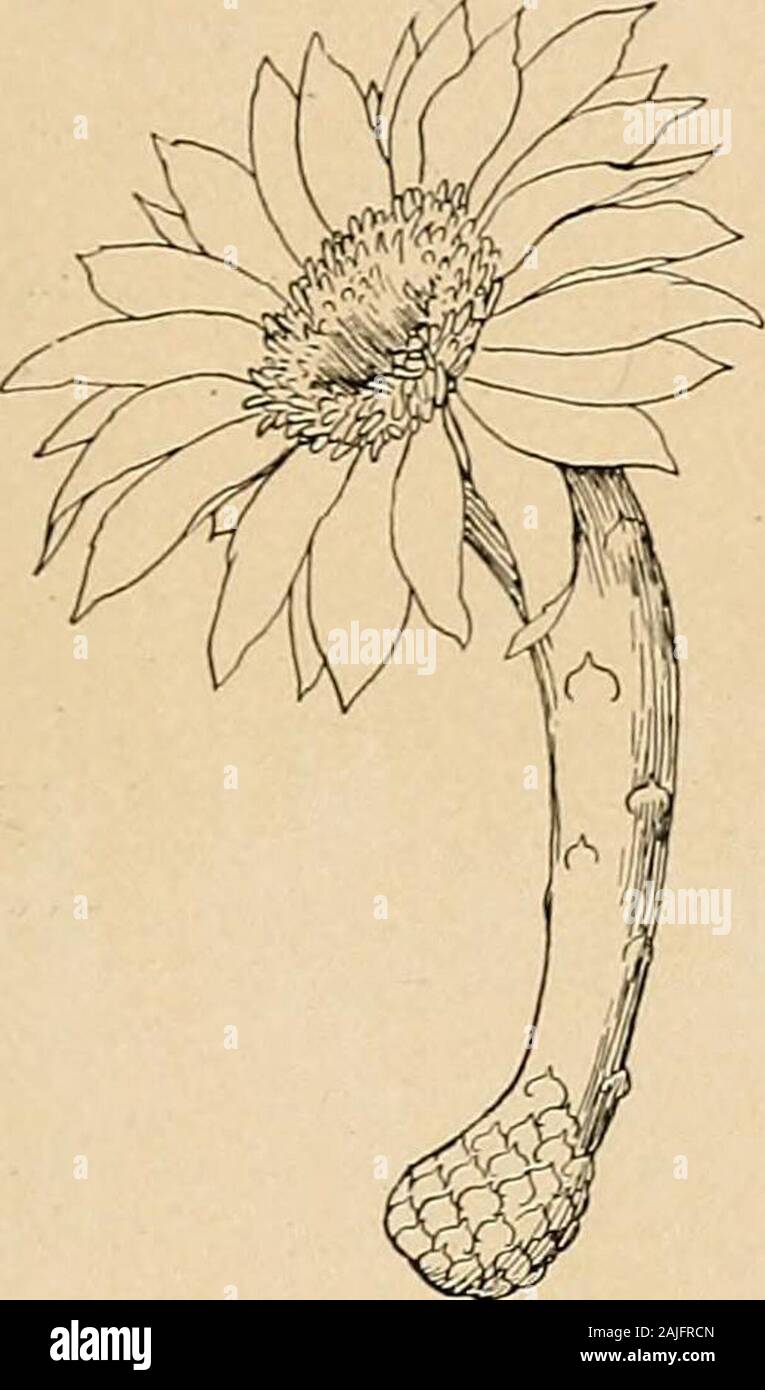The Cactaceae : descriptions and illustrations of plants of the cactus family . ESCONTRIA. This tree-like cactus is native in the dry parts of northwestern Argentina, and occursover a considerable area, growing with scattered shrubs and small trees on plains and lowridges. It is one of the most striking cacti in South America and often forms the dominantfeature of the landscape on the high plains of northern Argentina. In 1917, Dr. Shafer collected living specimens and (lowers in Santiago del Ivstero,Argentina, which have enabled us to redescribe the species. Flowers were also collectedby Wilh

Image details
Contributor:
The Reading Room / Alamy Stock PhotoImage ID:
2AJFRCNFile size:
7.1 MB (203.5 KB Compressed download)Releases:
Model - no | Property - noDo I need a release?Dimensions:
1213 x 2060 px | 20.5 x 34.9 cm | 8.1 x 13.7 inches | 150dpiMore information:
This image is a public domain image, which means either that copyright has expired in the image or the copyright holder has waived their copyright. Alamy charges you a fee for access to the high resolution copy of the image.
This image could have imperfections as it’s either historical or reportage.
The Cactaceae : descriptions and illustrations of plants of the cactus family . ESCONTRIA. This tree-like cactus is native in the dry parts of northwestern Argentina, and occursover a considerable area, growing with scattered shrubs and small trees on plains and lowridges. It is one of the most striking cacti in South America and often forms the dominantfeature of the landscape on the high plains of northern Argentina. In 1917, Dr. Shafer collected living specimens and (lowers in Santiago del Ivstero, Argentina, which have enabled us to redescribe the species. Flowers were also collectedby Wilhclm Bodcnbender in 1905, but these were not accompanied by stems and were notat first associated with this species. Illustrations: Monatsschr. Kak-teenk. 3: 177; 13: 187; Schelle, Handb. Kakteenk. f. 17; Rev. Hort.Beige 40: after 184, as Cereuscoryne..